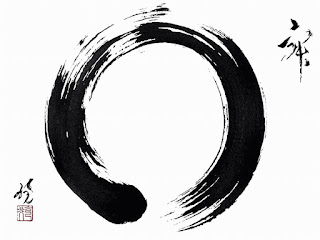(Ap)prendre le temps ? Il faut savourer l'ennui (France Culture)
Il faut savourer l'ennui (Conférences France Culture; 26 dec 2017) 57' Mardi des Bernardins du 14 juin 2016 au Collège des Bernardins ( Vimeo ) « Notre territoire s’élargit, notre calendrier rétrécit ; l’horizon recule, la profondeur s’annule ; et les nouvelles générations circulent sur le Web plus facilement que dans la chronologie » Régis Debray, Modernes catacombes, 2013 (Ap)prendre le temps ? - Les mardis des Bernardins from Collège des Bernardins on Vimeo . Travail de mémoire, dictature de l’instant, présent omniprésent ou présentisme… La terminologie du temps s’étend à l’infini. Question de vitesse ou de rythme, d’accélération du temps ou d’essor de l’urgence… à quoi fait-on référence ? Où sont passés les chaînons de la continuité ? Comment réintroduire du temps long notamment dans le temps médiatique ? Peut-on aménager le temps comme on aménage l’espace ? Alors que sous le nom de présent, le contemporain tend à devenir un impératif social et politique, l...


